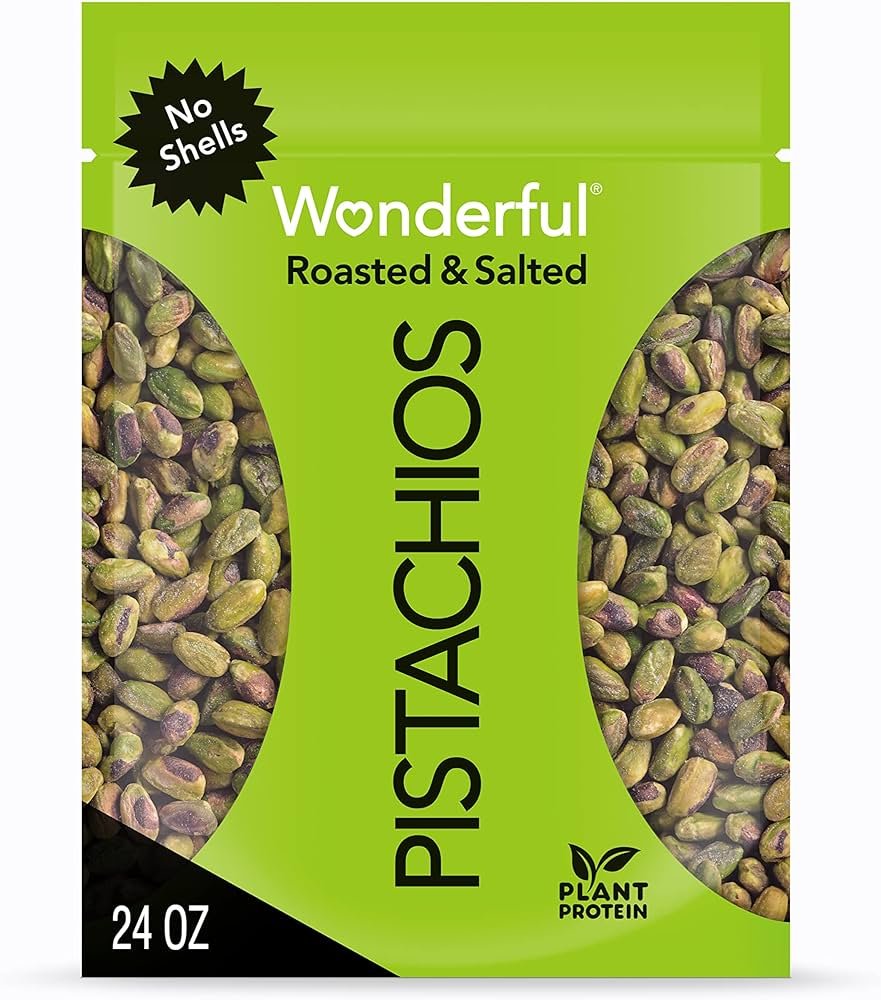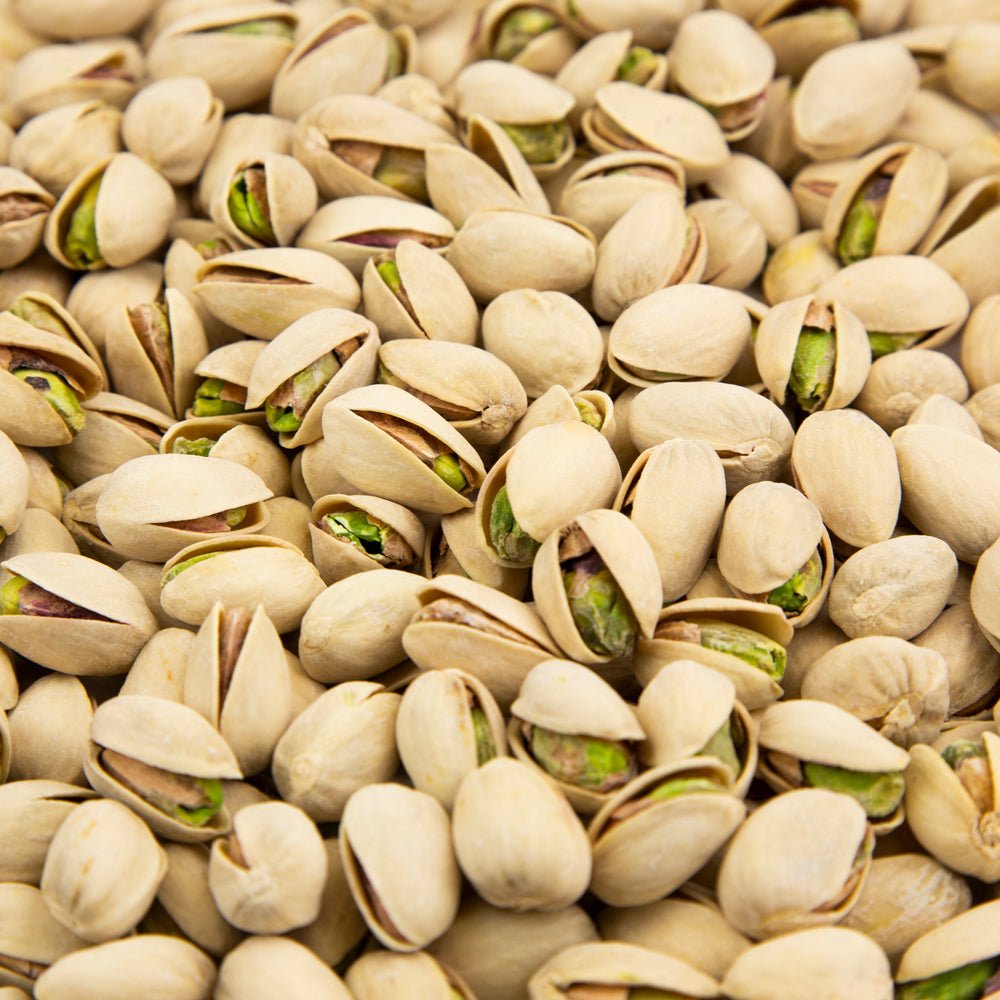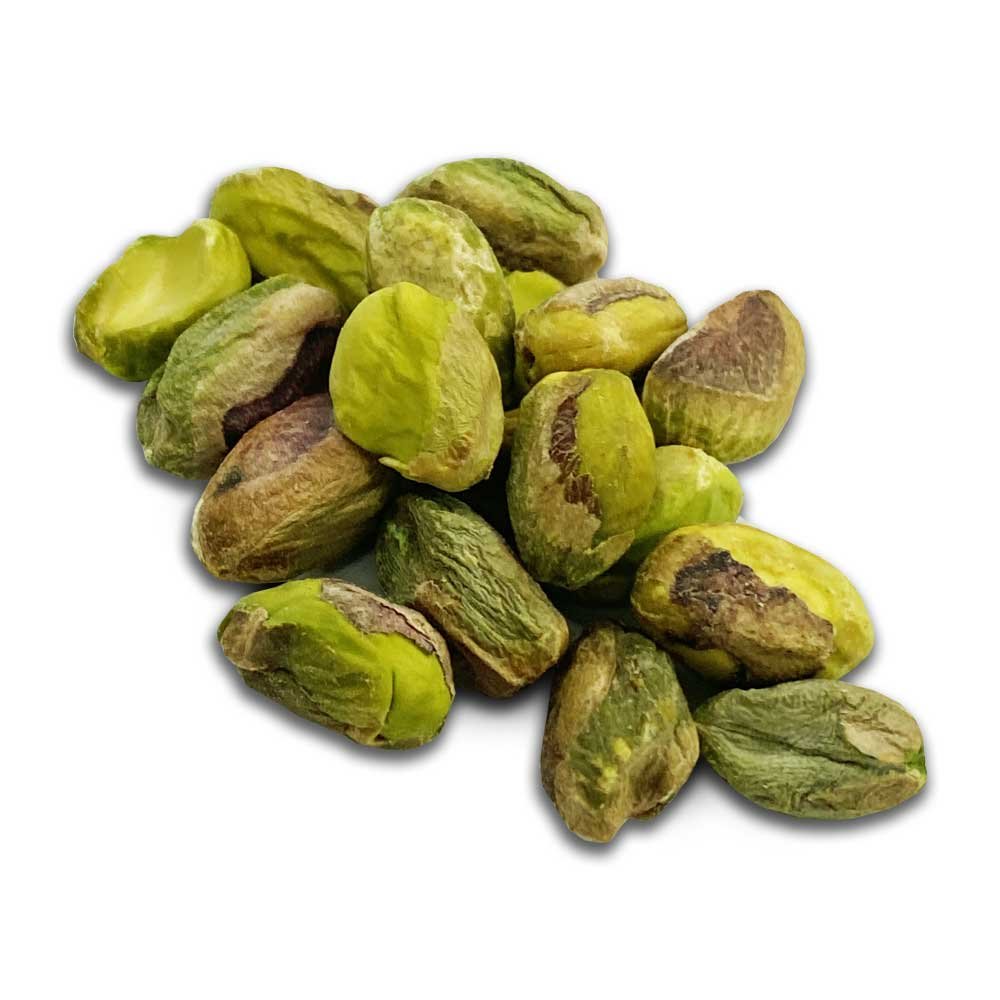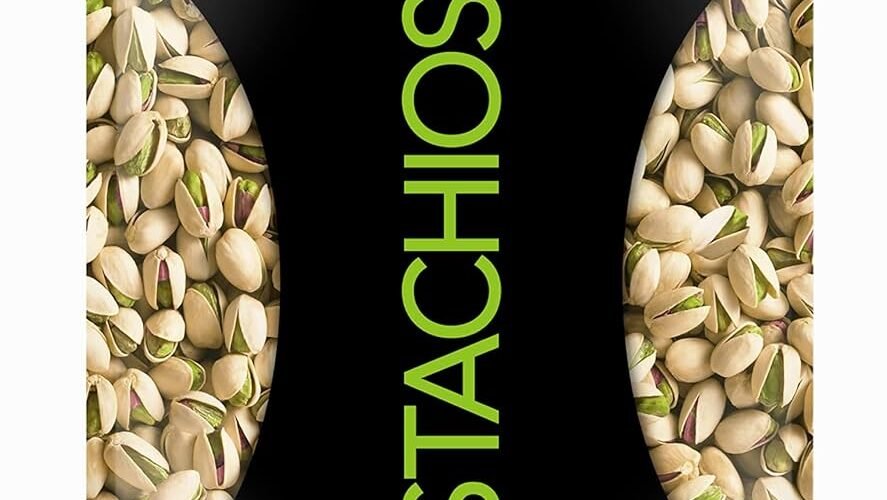What do pistachios taste like? This is the question I find myself frequently pondering as I crack open their shells, revealing the green, nutty treasures inside. With their unique flavor profile and delightful crunch, pistachios are a culinary delight that I have come to love and recognize as not just a tasty snack, but a versatile kitchen ingredient.
What Is Pistachios?
Pistachios are the edible seeds of the Pistacia vera tree, which is native to Central Asia and the Middle East. For thousands of years, these nuts have been revered, making appearances in ancient diets and royal delicacies. While they are called nuts, pistachios are actually seeds contained within the fruit of the Pistacia vera tree. Main ingredients typically found in the pistachio itself are protein, fat, fiber, and various antioxidants, making them not just delicious but nutritious as well.
What Do Pistachios Taste Like? The Answer
Pistachios taste like a harmonious blend of buttery and slightly sweet flavors accompanied by a noticeable nuttiness. The first time I tried a pistachio, I was taken by its distinct taste that differs from other nuts like almonds or walnuts. There’s an underlying earthiness that complements their inherent richness, and when eaten raw, I get a subtle, almost fruity undertone.
The reason people often wonder what pistachios taste like may stem from their unusual appearance and the effort required to eat them – cracking open each shell to reach the nut inside. Unlike other nuts that are readily accessible, pistachios demand interaction, which can build anticipation surrounding their taste.

Variations in Taste of Pistachios
Given the various climates and soils in which pistachios are grown, there is a mild regional difference in their flavor profiles. For instance, pistachios from Iran tend to have a more vivid green color and a more pronounced sweetness compared to their Californian counterparts. Here’s a source for more information on the regional differences: ScienceDirect Study.
Seasonal variations also affect the taste of pistachios. During a good harvest year, when the nuts have had ideal growing conditions, their flavor is at its peak—buttery, with just the right hint of sweetness. However, in off years, or when harvested too early or late, the taste can veer towards being bland or overly bitter.
Different varieties of pistachios also offer unique taste profiles. Let’s explore some of them:
- Kerman: Popular in California, known for its traditional, robust flavor.
- Sirora: Recognized for its sweet and rich taste, often from Australia.
- Ohadi: This variety from Iran has a strong flavor and large kernels.
- Siirt: A Turkish variety with a pronounced earthy taste and a vibrant green hue.
Nutritional Benefits of Pistachios & Impact on Taste
Pistachios are not just a treat for the taste buds; they’re packed with health benefits. My diet includes them because they are rich in protein, fiber, and heart-healthy fats. Furthermore, they contain antioxidants and nutrients such as B vitamins, potassium, and thiamin, all crucial for maintaining good health. For additional details on their nutritional benefits, check out this source: PubMed Central.
The health aspects of pistachios might influence perceptions of their taste as well. Knowing they are good for me seems to make them taste even better. The rich savoriness complemented by their nutritional profile makes snacking on pistachios feel both indulgent and responsible.

Pistachios in Culinary Uses
Pistachios are remarkably versatile in culinary applications, due to their unique flavor and crunchy texture. Whether ground into a fine paste for desserts, sprinkled over salads for a nutty crunch, or simply enjoyed as a roasted and salted snack, I find pistachios can elevate a myriad of dishes.
In my experience, the flavor of pistachios brilliantly complements other ingredients. For instance, in Middle Eastern countries, pistachios are often incorporated into dishes like baklava, where their richness enhances the sweet, syrupy pastry. The combination of pistachio with rose water or cardamom is another classic pairing found in these regional delicacies.
Acquiring and Preparing Pistachios
Finding pistachios can be as easy as visiting my local grocery store or ordering them online. I look for pistachios that have a vibrant green hue and that come from a provenance with a reputation for quality nuts. To experience their true taste, I recommend trying them raw or dry-roasted without any added flavoring. This way, I can appreciate their natural essence without any distractions.
Pairing Pistachios with Other Flavors
When it comes to pairing pistachios with other flavors, there are so many options to explore. Here are some combinations that I’ve found to be particularly delicious:
- Chocolate: The bitterness of dark chocolate contrasts the sweetness of pistachios beautifully.
- Cheese: A strong blue cheese or a soft goat cheese pairs well with the nut’s buttery texture.
- Fruit: Fresh or dried fruits like figs or apricots bring out the slight fruitiness of the nuts.
- Herbs: Rosemary or thyme can highlight the earthiness present in the nuts.

Recipe: Simple Pistachio and Pomegranate Yogurt Parfait
Sometimes the best recipes are the simplest, much like this easy pistachio and pomegranate yogurt parfait that brings out the natural taste of pistachios. You’ll need the following ingredients:
- Greek yogurt
- Honey
- Fresh pomegranate seeds
- Shelled pistachios, roughly chopped
Final Words
What do pistachios taste like? For me, the taste of pistachios is juxtaposed with an innate richness, a satisfying crunch, and a subtlety that makes every bite memorable. These small green seeds carry a burst of flavor that is unmistakably unique in the world of nuts and seeds. They are not just a snack but a versatile ingredient that can inspire in the kitchen. Next time you find yourself pondering what do pistachios taste like, I urge you to indulge in their delightful taste and enjoy their health benefits.

